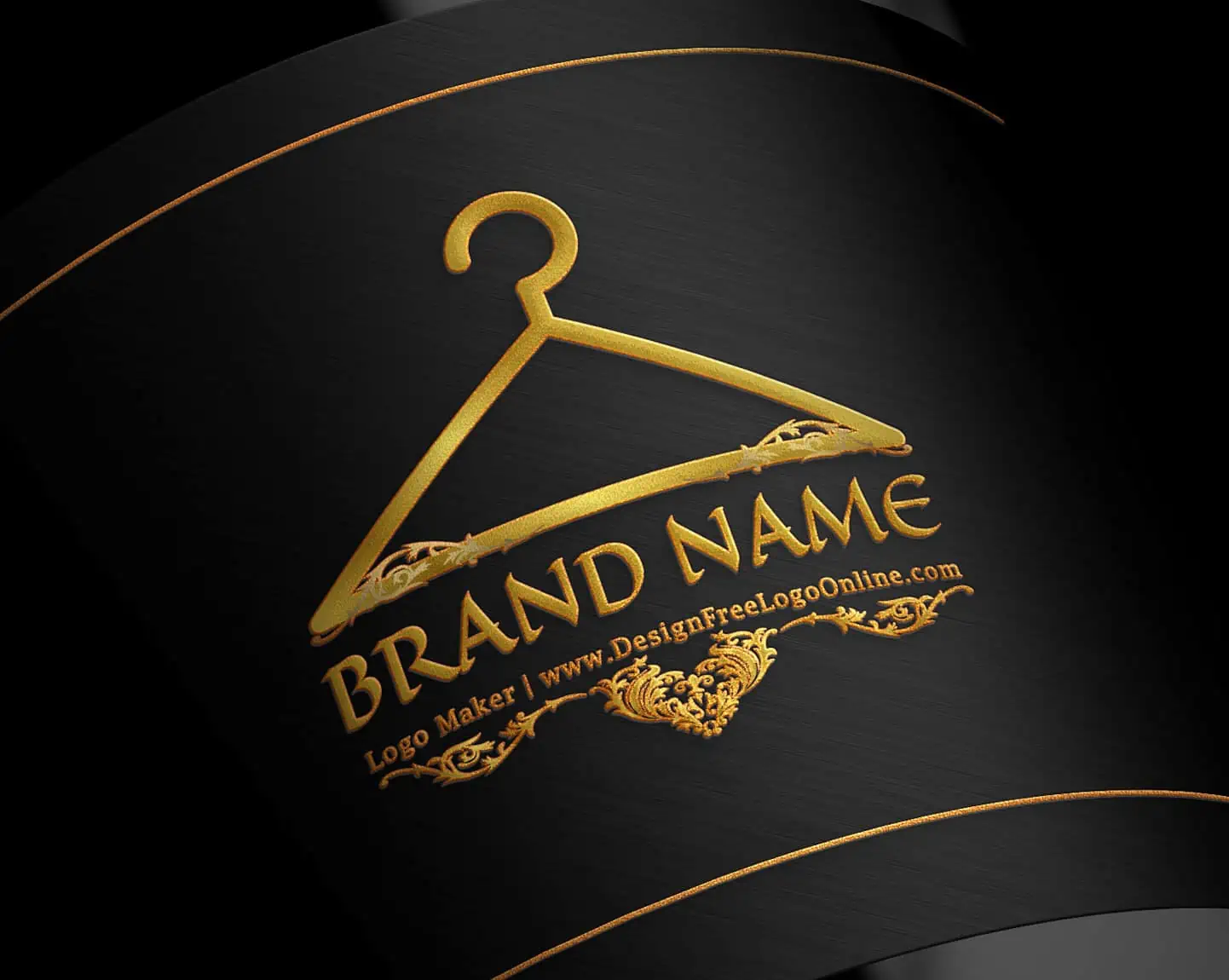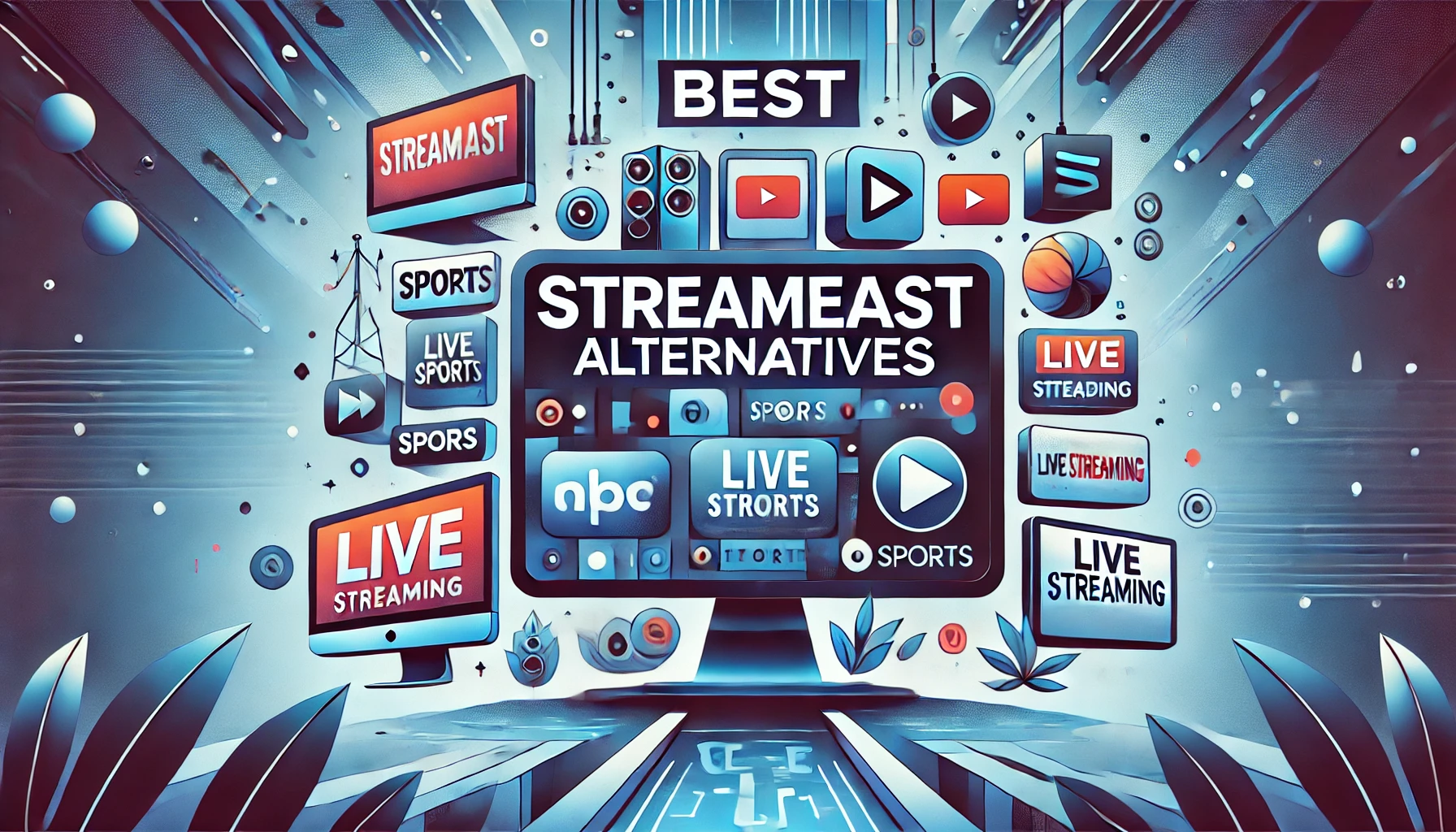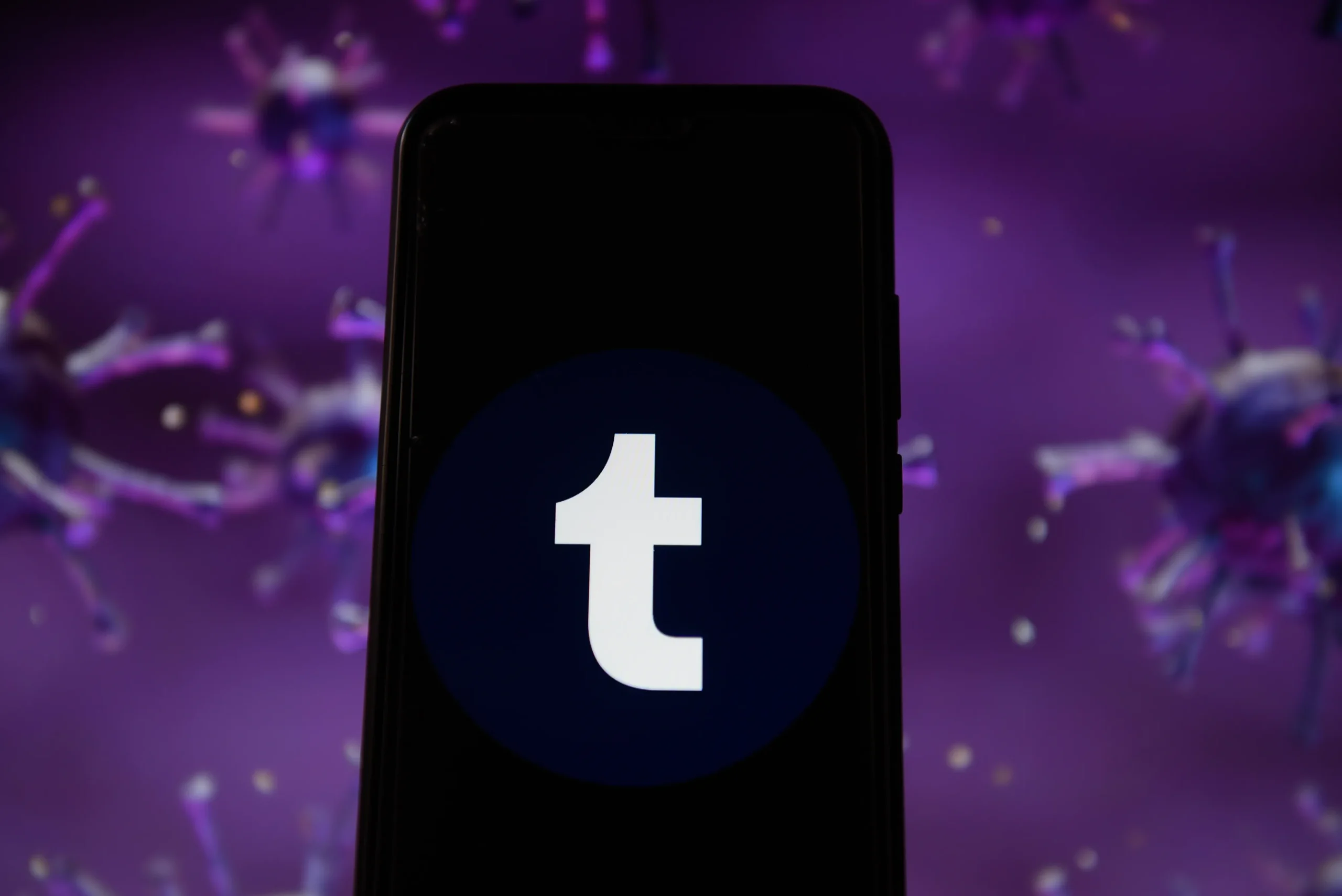
Logo design is one of the most important elements in building a successful brand. A well-crafted logo Design can convey your company’s values, mission, and personality at a glance. It serves as the face of your business, appearing on everything from websites to marketing materials. In this guide, we’ll explore the essential aspects of logo design, from conceptualizing the design to creating a logo Design that stands the test of time.
What is a Logo Design?
A logo Design is a graphic mark or symbol that represents a brand, product, or organization. It is more than just a visual element—it’s a tool to help people identify and remember a brand. Logo Design come in various forms, including:
- Wordmarks: Logo Design consisting solely of the brand name in a particular font (e.g., Coca-Cola, Google).
- Lettermarks: Abbreviated logo Design using initials or monograms (e.g., IBM, HBO).
- Symbols: Iconic logo Design that represent the brand without using words (e.g., Apple, Nike).
- Combination Marks: Logo Design that blend text with a symbol or icon (e.g., Starbucks, Adidas).
- Emblems: Logo designs that incorporate text inside a symbol or icon (e.g., Harley-Davidson).
Each type serves a specific purpose and communicates different aspects of the brand. Choosing the right type for your logo Design depends on your brand identity and goals.
Why is Logo Design Important?
A logo Design is the visual cornerstone of your brand. It is often the first interaction someone has with your company, so it needs to make a strong, positive impression. Here’s why logo design is essential:
1. Brand Recognition
Your logo Design is one of the primary ways consumers will recognize your brand. A well-designed logo Design helps establish your brand’s identity and makes it easy for people to recognize your products or services.

2. Establishes Brand Identity
Logo Design give your brand a unique visual identity that distinguishes you from competitors. A cohesive, thoughtful logo design also conveys professionalism and quality.
3. Builds Trust and Credibility
A professional logo design creates a sense of trust and credibility. It shows that your business is well-established and invested in its image.
4. Marketing and Advertising Tool
Your logo Design is used across all marketing materials, including websites, social media, packaging, and advertisements. It’s a versatile tool that works to communicate your brand wherever it’s seen.
5. Sets You Apart from Competitors
In a crowded market, a unique and creative logo Design can help you stand out. Your logo design can visually communicate the things that make your brand different from others.
Essential Elements of a Great Logo Design
Creating a successful logo Design requires careful thought and creativity. A great logo Design is more than just a pretty picture—it needs to function in various settings while communicating your brand’s core message. Here are the key elements of a great logo design:
1. Simplicity
Simplicity is crucial when it comes to logo design. A simple, clean logo Design is easier to recognize and remember. Complex designs can be hard to reproduce and may not translate well across different media. Think of brands like Nike or Apple—both logo Design are simple, yet iconic.
2. Memorability
A great logo Design is memorable. It should leave a lasting impression and be easy to recall. To achieve this, focus on creating a distinctive, eye-catching design that represents your brand clearly.
3. Timelessness
A logo Design should stand the test of time. While design trends come and go, your logo Design should have a timeless appeal that lasts for years. Avoid following fleeting design trends and instead focus on creating a classic design.
4. Versatility
Your logo Design should be versatile enough to work in different sizes and formats, from business cards to billboards. It should be easily recognizable whether it’s in black and white or color. A well-designed logo Design should also look good across both digital and print media.
5. Relevance
Your logo Design must be relevant to your brand and industry. It should convey the right message to your target audience and align with your company’s mission and values. For example, a playful, cartoonish logo Design may not be suitable for a law firm, but it could work perfectly for a toy company.
Logo Design Process: Step by Step
Designing a logo Design is a process that requires a blend of creativity and strategy. Whether you’re designing it yourself or working with a professional designer, following a structured process can help you achieve the best result.
1. Research and Define Your Brand Identity
Before diving into design, take time to research and define your brand. Understand your target audience, competitors, and industry trends. Define your brand’s mission, values, and personality. This foundational knowledge will guide your design choices.
2. Brainstorm and Conceptualize
Start by brainstorming ideas and sketching out concepts. Think about how your brand can be visually represented through symbols, typography, and color. At this stage, focus on generating ideas rather than perfecting the design.
3. Choose Your Design Style
Once you have a few concepts, start refining your design style. Decide whether you want a modern, minimalistic logo Design, or something more classic or playful. Your design style should reflect your brand’s personality and tone.
4. Select the Right Colors
Colors have a significant impact on how your logo Design is perceived. Different colors evoke different emotions and associations. For example:
- Red can signify energy, passion, or urgency.
- Blue is associated with trust, professionalism, and calm.
- Green often represents growth, nature, and health.
- Yellow evokes feelings of happiness and optimism. Make sure your color choices align with your brand message and target audience.
5. Typography Matters
The font you choose for your logo Design can say a lot about your brand. Serif fonts, like Times New Roman, convey tradition and authority, while sans-serif fonts, like Arial, feel modern and clean. Choose a font that complements your brand’s voice.
6. Refine and Finalize Your Design
Once you’ve settled on a design concept, start refining it. Pay attention to the details, ensuring that the design is clean, balanced, and professional. Get feedback from colleagues, clients, or even focus groups to ensure your logo Design resonates with others.
7. Test Versatility
Before finalizing your logo Design, test it in various formats and sizes. Make sure it looks good on different media, from business cards to website headers. Consider how it will appear in black and white or against different background colors.
8. Get Feedback and Make Adjustments
Before your logo Design goes live, seek feedback from multiple sources. Sometimes, a fresh set of eyes can spot details that you might have missed. Use constructive feedback to make final adjustments and ensure your logo Design is ready for launch.
Tools for Designing a Logo Design
Today, there are numerous tools available to help you design a professional logo Design, even if you don’t have advanced design skills. Some popular logo design tools include:
1. Adobe Illustrator
A professional-grade design software widely used for logo design. It offers advanced tools for creating scalable vector graphics, ensuring your logo Design looks sharp in any size.
2. Canva
A beginner-friendly design tool that offers pre-made logo Design templates. It’s great for non-designers who need to create a logo Design quickly and easily.
3. Figma
A collaborative design tool used by professionals. Figma allows multiple users to work on a design simultaneously, making it ideal for teams.
4. Logo Design Maker
An online platform that offers customizable logo Design templates. It’s perfect for those looking for a quick solution without hiring a professional designer.
Common Logo Design Mistakes to Avoid
Creating a memorable logo Design takes time and effort. To ensure you don’t fall into common traps, avoid these logo design mistakes:
1. Overcomplicating the Design
Too many details can make a logo Design cluttered and hard to recognize. Keep it simple and focus on conveying your message clearly.
2. Using Too Many Fonts
Stick to one or two fonts for your logo Design. Mixing too many typefaces can create visual confusion and lack cohesion.
3. Copying Other Logo Design
Your logo Design should be original and unique to your brand. Avoid copying other logo Design, as this can damage your credibility and confuse customers.
4. Neglecting the Target Audience
A logo Design that resonates with your audience is crucial. Consider their preferences and perceptions when designing your logo Design.
5. Ignoring Scalability
Make sure your logo Design looks good in different sizes. It should be just as effective on a tiny business card as it is on a large billboard.
Conclusion: Investing in a Strong Logo Design
A logo Design is more than just a graphic—it’s the visual foundation of your brand. A well-designed logo Design creates a lasting impression, establishes your brand identity, and helps you stand out in a crowded market. Whether you choose to design your logo Design yourself or hire a professional, following these principles and steps will guide you toward creating a logo Design that truly represents your brand.
By investing time and effort into creating a memorable logo Design, you’re building a visual asset that can help your brand thrive for years to come.








